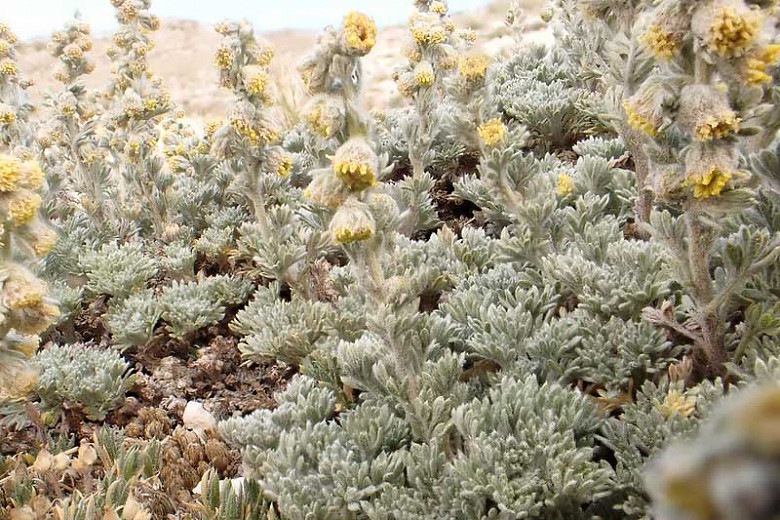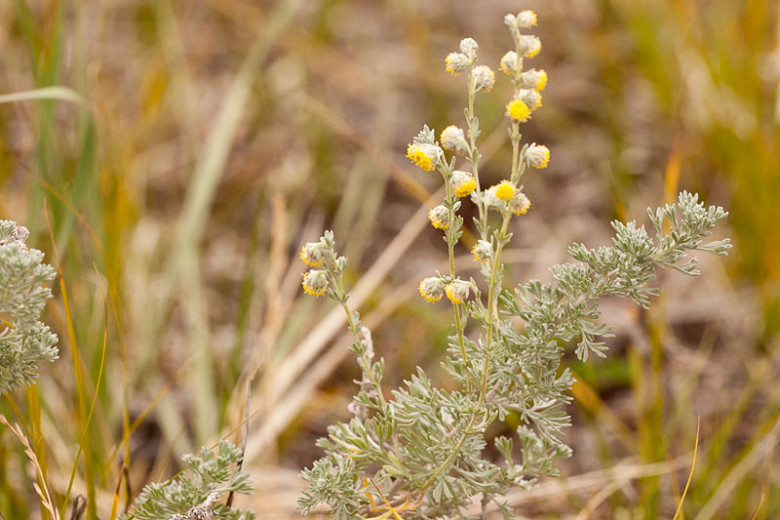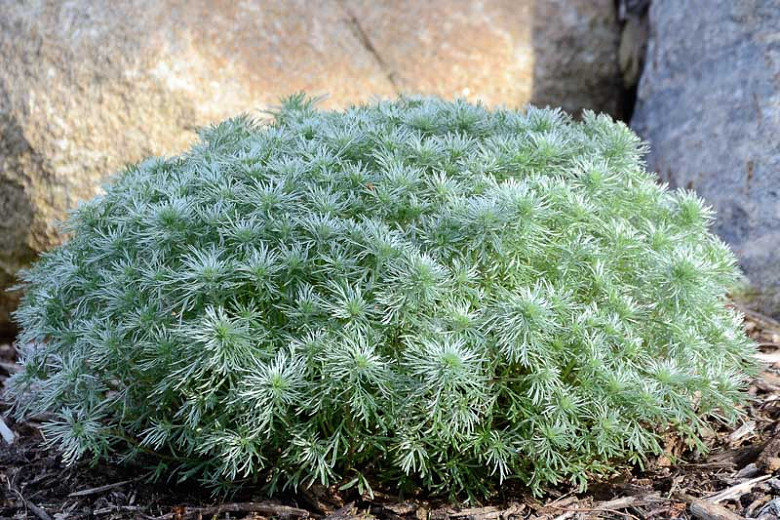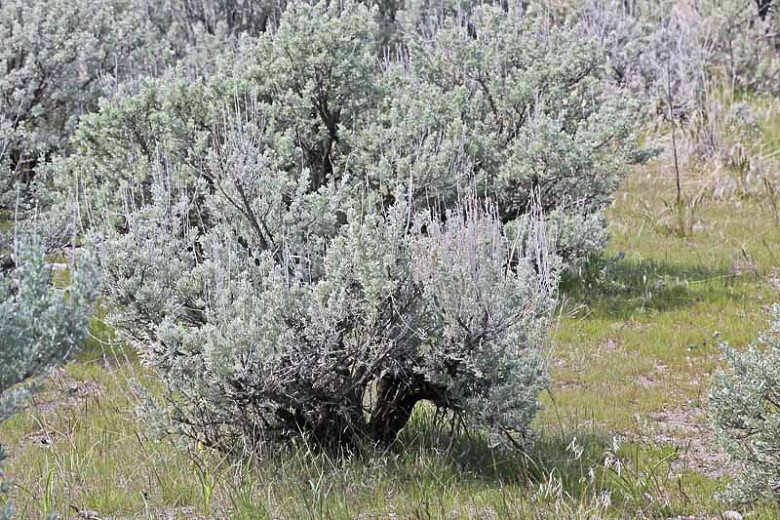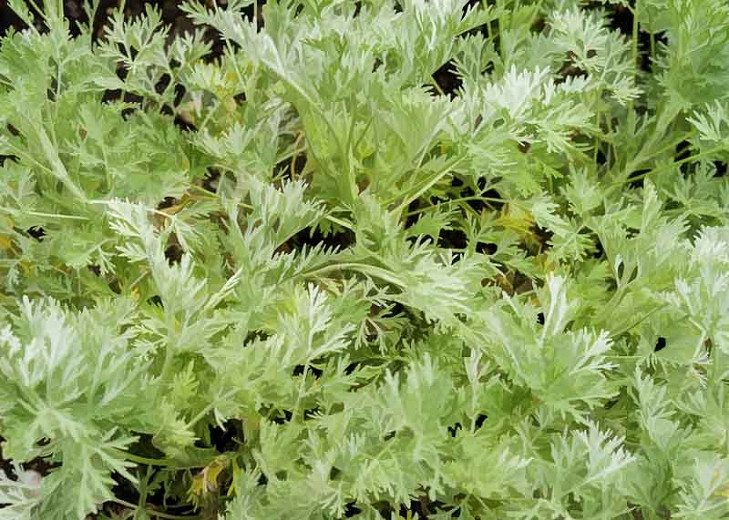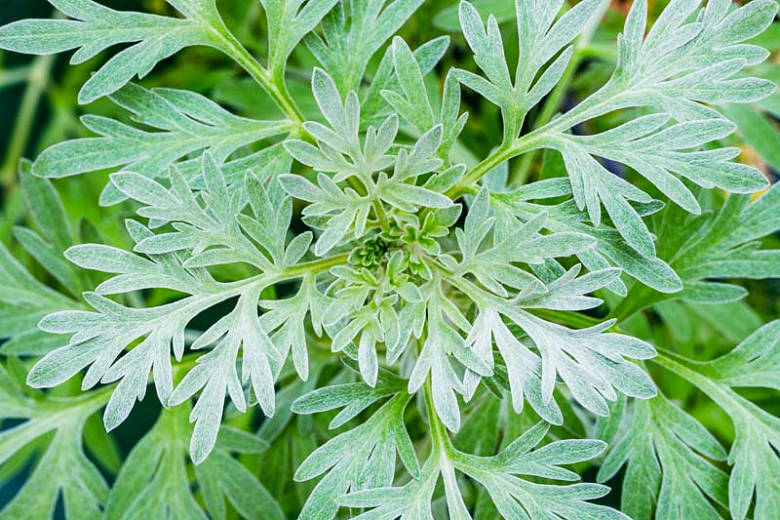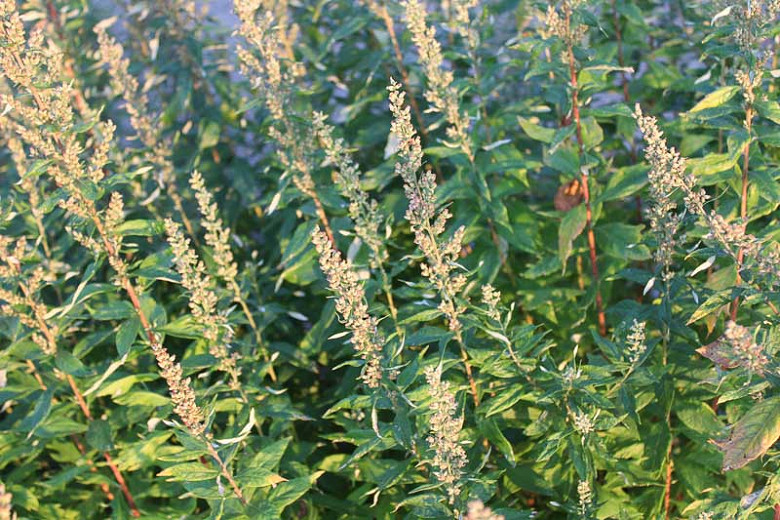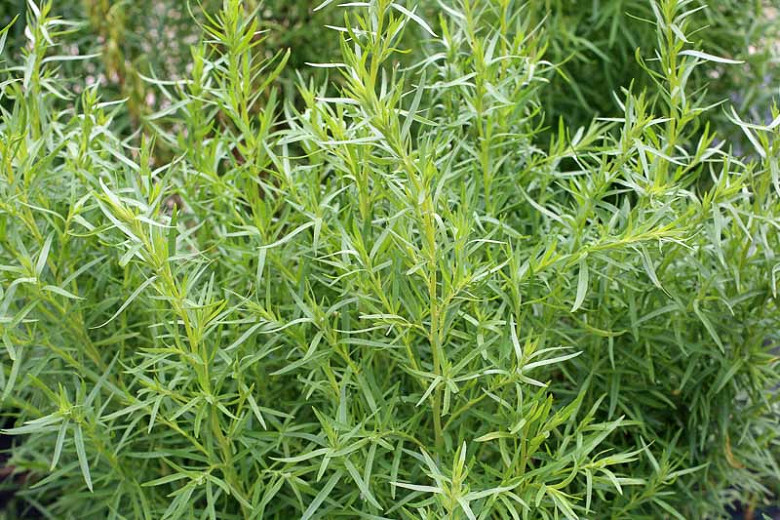Artemisia frigida (Prairie Sagebrush)
Artemisia frigida (Prairie Sagebrush) is a low-growing, semi-evergreen, woody-based perennial forming a tuft of deeply-divided, soft, woolly, silver-white leaves. The fine-textured foliage is aromatic (camphor-scented). In summer, small, yellow flower heads are borne in nodding racemes or open panicles, but they are ornamentally insignificant and are best cut off to keep the foliage at its best.
Artemisia frigida (Prairie Sagebrush) is a low-growing, semi-evergreen, woody-based perennial forming a tuft of deeply-divided, soft, woolly, silver-white leaves. The fine-textured foliage is aromatic (camphor-scented). In summer, small, yellow flower heads are borne in nodding racemes or open panicles, but they are ornamentally insignificant and are best cut off to keep the foliage at its best. Drought tolerant, Prairie Sagebrush is native to Europe, Asia, and much of North America. Used for landscaping because of its attractive, fine, silvery-green foliage, this is a good soil stabilizer and ground cover.
- Typically grows up to 6-18 in. tall (15-45 cm) and 12-18 in. wide (30-45 cm)
- Evergreen in warm winter climates.
- Thrives in poor to moderately fertile, dry soils in full sun. Excellent soil drainage is essential. Can die back in heavy, poorly-drained soil. Drought tolerant.
- Great for beds and borders, garden edging, city gardens, cottage gardens, coastal gardens, rock gardens, containers, or as a groundcover.
- Deer and rabbit resistant.
- Remove any dead stems and shoots in spring. Compact when young, the plant tends to become rangy as it grows. Cut back after flowering.
- May be susceptible to aphids, gall and leaf miners as well as powdery mildew or root rot in moist soils.
- Propagate by seed. Insert softwood or greenwood stem-tip cuttings in spring in a free-draining compost under plastic film. Take semi-ripe stem-tip cuttings.
- Native to Europe, Asia, and much of North America.
Requirements
| Hardiness | 3 – 10 |
|---|---|
| Heat Zones | 3 – 8 |
| Climate Zones | 1, 1A, 1B, 2, 2A, 2B, 3, 3A, 3B, 7, 8, 9, 10, 14, 18, 19, 20, 21, A1 |
| Plant Type | Perennials |
| Plant Family | Artemisia |
| Exposure | Full Sun |
| Season of Interest | Spring (Late)Summer (Early,Mid,Late)Fall |
| Height | 6" – 2' (15cm – 60cm) |
| Spread | 1' – 2' (30cm – 60cm) |
| Spacing | 12″ – 18″ (30cm – 45cm) |
| Water Needs | Low |
| Maintenance | Average |
| Soil Type | Chalk, Loam, Sand |
| Soil pH | Acid, Alkaline, Neutral |
| Soil Drainage | Well-Drained |
| Characteristics | Fragrant, Showy, Semi-Evergreen |
| Native Plants | United States, Alaska, Midwest, Illinois, Iowa, Kansas, Michigan, Minnesota, Missouri, Nebraska, North Dakota, South Dakota, Wisconsin, Northeast, Connecticut, Massachusetts, New Jersey, New York, Pennsylvania, Vermont, Pacific Northwest, Idaho, Washington, Rocky Mountains, Colorado, Montana, Utah, Wyoming, Southwest, Nevada, Arizona, New Mexico, Texas |
| Tolerance | Deer, Drought, Rabbit, Dry Soil |
| Garden Uses | Beds and Borders, Edging, Ground Covers, Patio and Containers |
| Garden Styles | City and Courtyard, Coastal Garden, Gravel and Rock Garden, Informal and Cottage |
